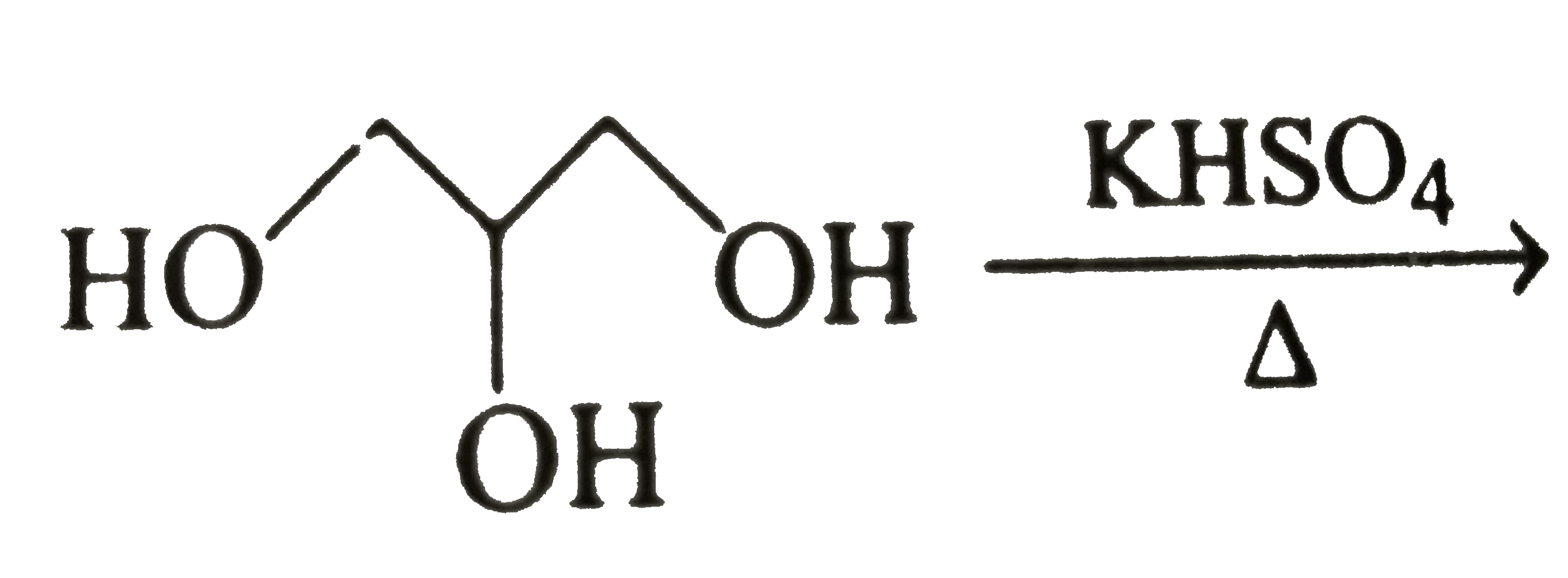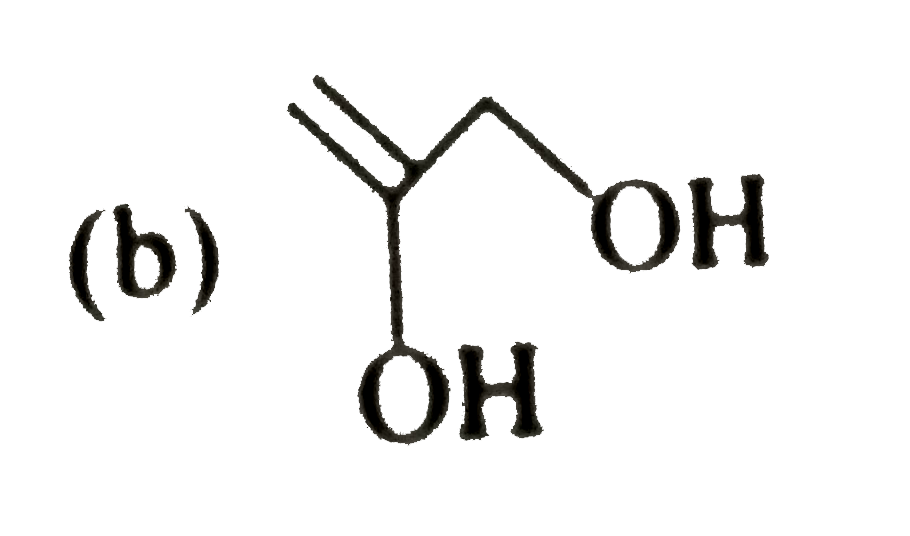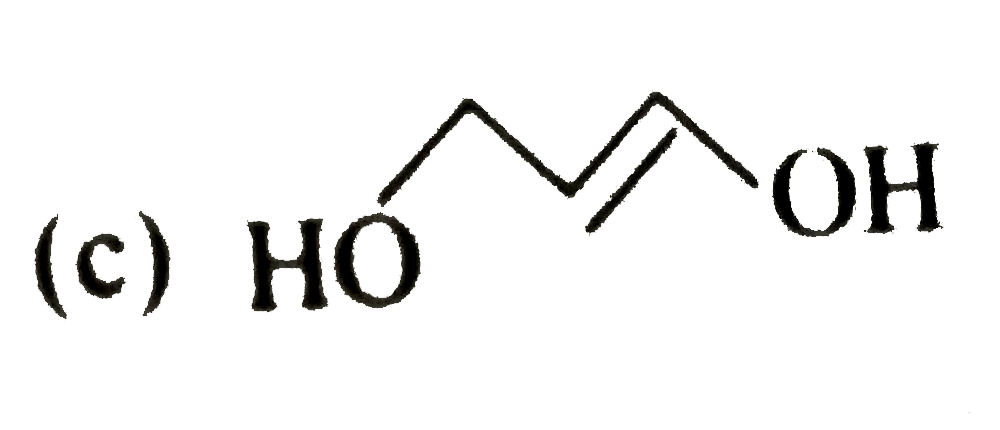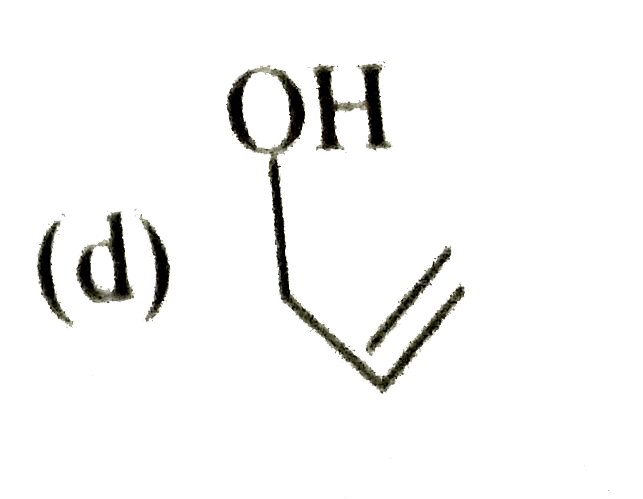 (P), (P) will be :
(P), (P) will be :
A

B

C

D

Text Solution
The correct Answer is:A
|
Topper's Solved these Questions
- CABOXYLIC ACIDS AND ITS DERIVATIVESBOOK - HIMANSHU PANDEYCHAPTER - CABOXYLIC ACIDS AND ITS DERIVATIVESEXERCISE - Level 2 (Q.76 To Q.100)
25 Videos
- CABOXYLIC ACIDS AND ITS DERIVATIVESBOOK - HIMANSHU PANDEYCHAPTER - CABOXYLIC ACIDS AND ITS DERIVATIVESEXERCISE - Level 2 (Q.101 To Q.120)
20 Videos
- CABOXYLIC ACIDS AND ITS DERIVATIVESBOOK - HIMANSHU PANDEYCHAPTER - CABOXYLIC ACIDS AND ITS DERIVATIVESEXERCISE - Level 2 (Q.26 To Q.50)
25 Videos
- BIOMOLECULESBOOK - HIMANSHU PANDEYCHAPTER - BIOMOLECULESEXERCISE - Match The Column
6 Videos
- CARBONYL COMPOUNDSBOOK - HIMANSHU PANDEYCHAPTER - CARBONYL COMPOUNDSEXERCISE - Subjective Type Problems
10 Videos
Similar Questions
Knowledge Check
If p2+q2=7pq, then the value of pq+qp is equal to
A0B2(p2+q2)C2(p2−q2)Dnone of these(p∨p)⇔p,(p∧p)⇔p are under:
AIdempotent lawsBAbsorption lawsCChain ruleDCommutative laws.If the direction cosines of a line are p,−p,−p2, then p =
A±49B±94C±23D±32
If P is non-singular matrix, then value of adj(P−1) in terms of P is (A) P|P| (B) P|P| (C) P (D) none of these
View SolutionIf P is non-singular matrix, then value of adj(P−1) in terms of P is (A) P|P| (B) P|P| (C) P (D) none of these
View SolutionIn a P4 molecule, the P – P – P bond angle is :
View SolutionIn a P4 molecule, the P – P – P bond angle is :
View SolutionIn an H.P., Tp=q(p+q),Tq=p(p+q), then p and q are the roots of
View Solution
